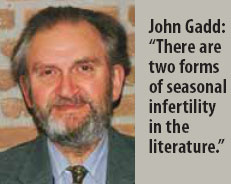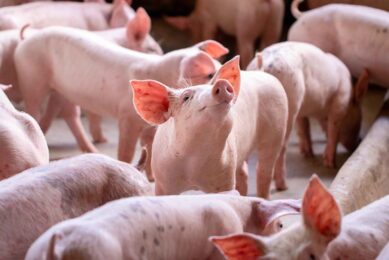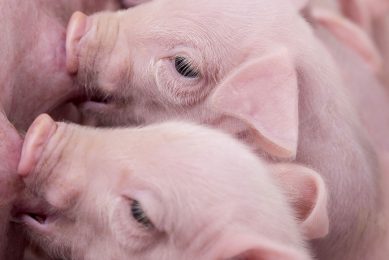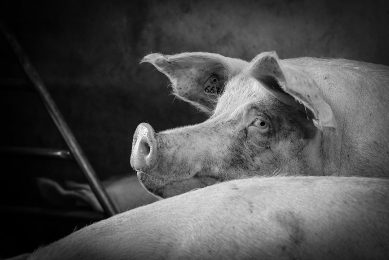What the textbooks don’t tell you about… Seasonal infertility – Part 1. Sorting out the confusion

The textbooks do tell you a great deal about this common scourge – so, you may well ask, what is this guy doing covering it in a series, attempting to fill in some of the gaps in the pig textbooks? Trouble is, in my opinion on this subject they tend to tell you too much! It is certainly a complex syndrome, or more accurately a bunch of syndromes, and having read most of the wise words written about it in the various volumes and listened to lots of presentations at several conferences, it is fairly obvious to me that the experts tend to disagree as to its primary causes. This is one of several factors which makes the subject of seasonal infertility so confusing.
By John Gadd
The elephant analogy
That the experts should disagree is not too surprising and is neatly summed up by Prof Phil Dzuik, the eminent American researcher, who wrote to me several years ago…
“Embryonic loss is like an elephant. It is the same elephant being described by a group of blind men. One blind man who grasped a leg said it was like a tree, another felt the trunk and said it was a large fire hose, a third touched the tusk and described it as a spear and the fourth thought it was a rope as he held the tail.”
They were all correct but they were each wrong.
Dzuik’s point is that the elephant of embryonic mortality (a major aspect of seasonal infertility) is made more complex when viewed individually by the many research workers who have studied it over the years.
Alternatively it may be many causative factors acting through a common mechanism to produce the final result.
So what leads to the confusion in the long-suffering farmer’s mind?
First dilemma
There are two forms of seasonal infertility described in the literature – ‘summer infertility’ and ‘autumn infertility’. Newcomers to pig production are sometimes confused by the two terms.
This is not at all surprising as the predisposing causes of a reproductive fallaway in autumn/ early winter occur in spring or early summer, hence ‘summer infertility’, while the effects are noticed in autumn/ early winter. Summer infertility is one component of seasonal infertility, the other being ‘autumn abortions’ when the primary causes occurred earlier in the summer.
So… Summer infertility occurs in the autumn/ early winter but the cause(s) of it occur in the summer.
With autumn infertility this occurs later towards the winter while the cause of it occurs in the late summer/early autumn.
Wrongly named?
Whoever thought up the two definitions (in my opinion) was not thinking logically and certainly not from the viewpoint of the farmer!
To associate occurrences when the problems appear and are therefore noticed by the farmer is surely more logical and useful. Not when the causes of them occur months before… No wonder the student is confused! But we are stuck with them now.
Second dilemma
Table 1 is my attempt to describe the parts of the ‘elephant’ of seasonal infertility and where its ‘body shape’ is out of kilter.
Third dilemma
Seasonal infertility is not a logical disorder – the ‘elephant’ can change its shape illogically. It seems to vary from farm to farm. One unit can have a ‘bad’ season while the farm next to it reports much less of a problem than the year before.
It can occur after a bright, clear spring and especially after a hot, dry summer – but puzzlingly not always. Conversely, a cool wet summer can throw up a worse result than the hot summer before it. So it seems the elephant can be as much of a problem as the blind men!
In part 2 I will suggest how to prepare for the damage that the elephants arrival will cause – as nature usually ensures it will! In my opinion, from experience of following the same farms over several years, the textbooks – even today – do not cover this valuable long-term early-warning system comprehensively enough.











